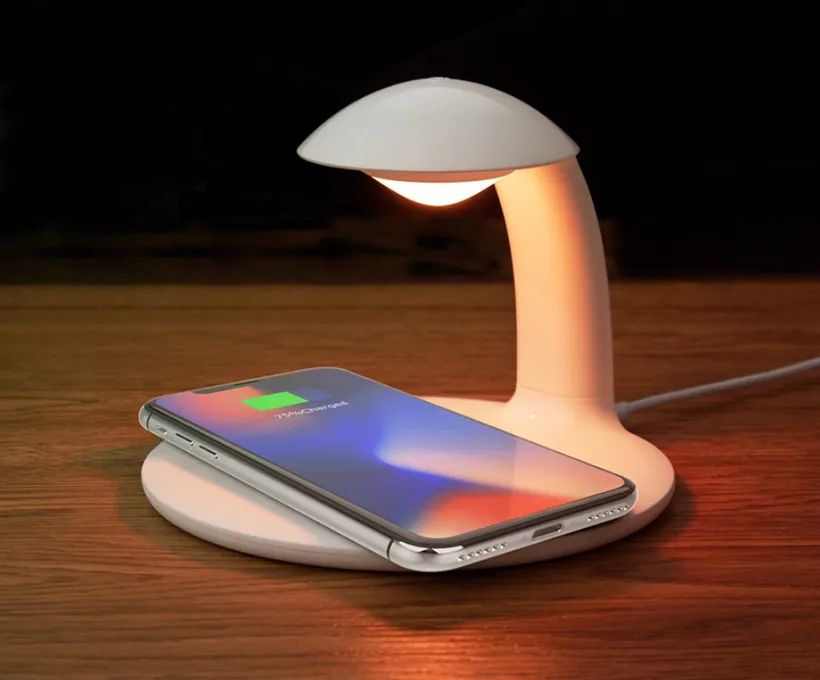Address
304 North Cardinal
St. Dorchester Center, MA 02124
Work Hours
Monday to Friday: 7AM - 7PM
Weekend: 10AM - 5PM
Address
304 North Cardinal
St. Dorchester Center, MA 02124
Work Hours
Monday to Friday: 7AM - 7PM
Weekend: 10AM - 5PM

Introduction:
Wireless charging is a technology that allows electronic devices to charge without the need for cables or cords. Over the past few years, this technology has gained immense popularity and is now widely used across the globe. In this report, we will analyze the global wireless charger market and identify the key drivers, challenges, and opportunities in the industry.
Market Size and Growth:
The global wireless charger market was valued at $6.5 billion in 2020 and is projected to reach $25.6 billion by 2028, growing at a CAGR of 18.4% during the forecast period. The market is driven by the increasing demand for wireless charging in smartphones, wearables, and other portable devices.
Regional Analysis:
North America holds the largest share of the wireless charger market, followed by Europe and the Asia Pacific. The Asia Pacific region is expected to grow at the highest CAGR during the forecast period due to the rising adoption of smartphones and other mobile devices in the region.
Market Segmentation:
Based on the type of wireless charging technology, the market can be segmented into inductive, resonant, and radio frequency. Inductive charging technology is the most widely used technology and is expected to continue to dominate the market in the coming years. Based on the application, the market can be segmented into smartphones, tablets, laptops, wearables, and others. The smartphone segment holds the largest share of the market and is expected to maintain its dominance in the coming years.
Key Players:
The key players in the wireless charger market include Samsung Electronics Co. Ltd., Apple Inc., Texas Instruments Inc., Qualcomm Inc., Integrated Device Technology Inc., Powermat Technologies Ltd., and WiTricity Corporation, among others.
Challenges and Opportunities:
One of the major challenges in the wireless charger market is the lack of standardization, which makes it difficult for consumers to choose the right charger for their devices. However, the industry is working towards standardization, and several organizations are working towards developing global standards for wireless charging.
Conclusion:
The global wireless charger market is expected to grow at a rapid pace in the coming years, driven by the increasing demand for wireless charging in smartphones, wearables, and other portable devices. The market is highly competitive, with key players investing in research and development to gain a competitive advantage. The lack of standardization is a major challenge, but the industry is working towards developing global standards for wireless charging. The increasing adoption of wireless charging in public places and the growing demand for electric vehicles present significant opportunities for growth in the market.